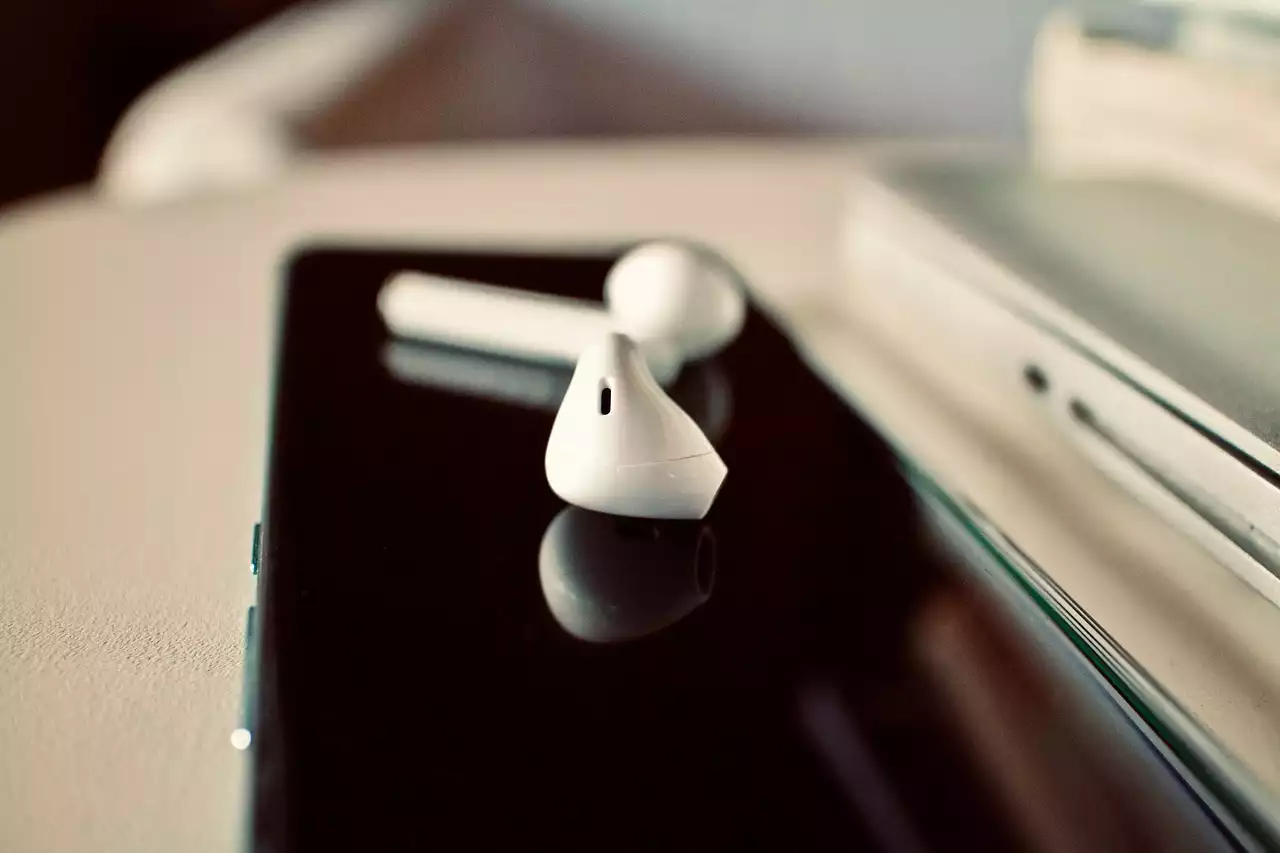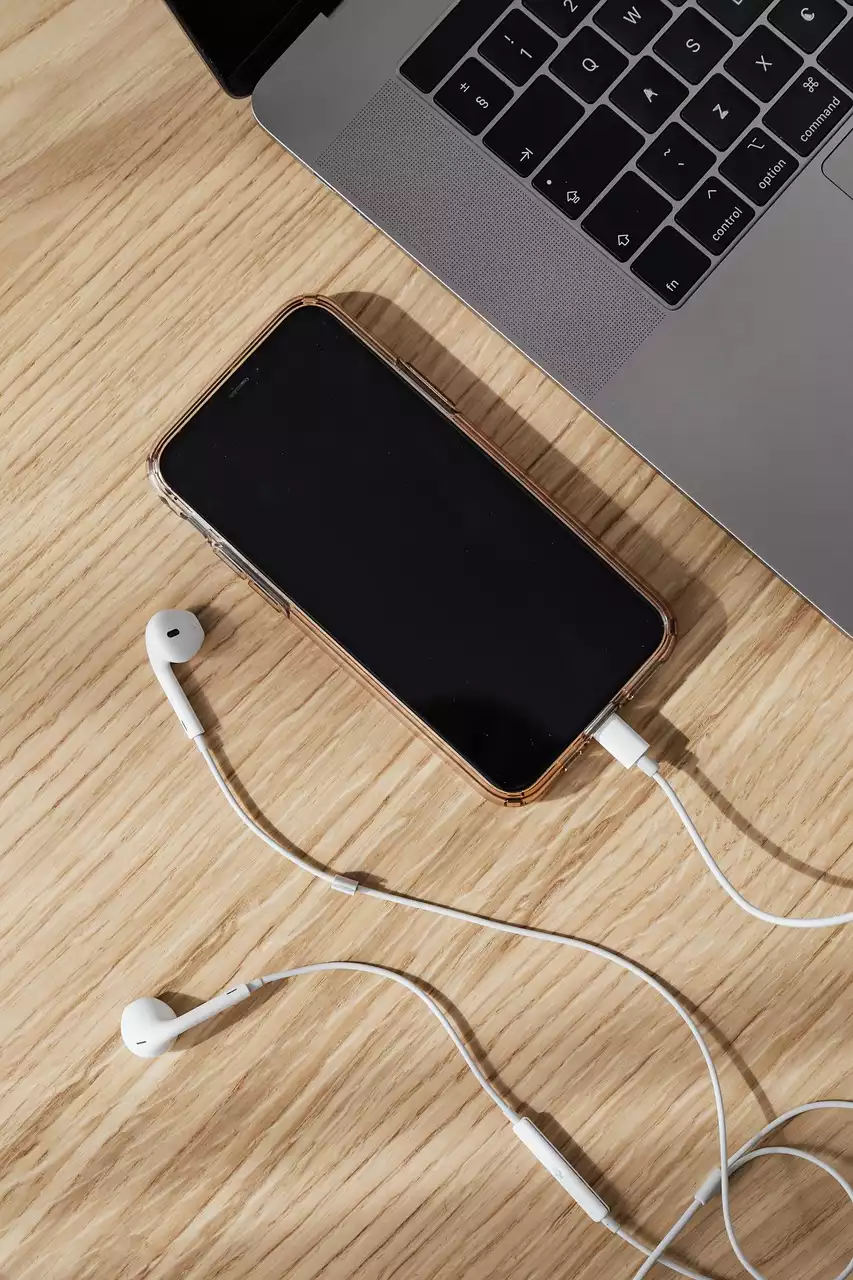What are apps?
Apps are programs that run on a device. They are designed to take advantage of the device's features and serve specific purposes. Apps are used on all types of devices, including smartphones, tablets, computers, and smart TVs. There are many types of apps, such as games, productivity apps, social media apps, travel apps, and health apps. Apps are similar to software programs, but they are different in a few ways. Unlike software, apps are designed to be used on mobile devices, such as smartphones and tablets, as well as on computers. Apps are usually smaller and more focused than software. Apps may have one main feature or a limited number of features that are designed to meet specific needs. Apps are also similar to computer programs in that they are created with programming languages. Many apps are created with a specific programming language, such as Swift or Objective-C. Some apps, such as health and fitness apps, can be created using programming languages that are easier for non-programmers to learn, such as visual programming languages.
History of apps for mobile phones
The history of apps for mobile phones begins in the late 1970s. In 1979, IBM released the first mobile device, the IBM 5100, which featured a primitive version of an app. IBM offered a programming language that allowed app creators to write programs, or apps, that could be run on the IBM 5100. However, the IBM 5100 was not a mainstream product and was primarily used by businesses and organizations. The first mobile phone app with the broad appeal was the calculator app. The first mobile phone calculator apps were released in 1982 and were available on both the Apple App Store and the Google Play Store. The first mobile phone apps that were available for public use appeared in the 1990s. In 1992, AT&T created the first mobile phone app store. The AT&T App Store offered apps that ran on the Apple Newton, a device that was marketed as a precursor to the modern smartphone. The first mobile phone apps that were available for public use on the Apple App Store and Google Play Store weren’t released until the late 2000s.
How apps have evolved
As the number of apps increased, the way people used apps changed as well. People spent less time perusing the app stores looking for new apps and more time using ongoing apps that they had installed. As a result, apps were no longer just used to perform tasks and complete one-time activities. They also became platforms for interacting with family, friends, and colleagues. Apps also evolved to offer more than just services and information. They became entertainment hubs, allowing users to stream videos and music, play games, chat with others and view photos. They also became communication tools, allowing users to make free phone calls, send text messages, video chat, and send emails. Apps also evolved to become more personalized and user-friendly. One example of this is predictive keyboards, which have become prevalent on smartphones, providing an easy way to enter text. Another example is artificial intelligence, which is used in voice assistants, virtual assistants, and chatbots.
The benefits of mobile apps
There are many benefits to using mobile apps, including:
- Convenience - Apps are easily accessed on mobile devices, allowing users to perform tasks on the go, at any time, and in any location.
- Versatility - Apps can be used for a wide range of tasks, including communication. Apps can be used to make free phone calls, send text messages and make video calls. They can also be used to send emails.
- Affordability - Many apps are free, or have a very small price tag, making them more accessible to a wider range of users.
- Variety - There are many types of apps available for almost any interest or need, including health, fitness and finance apps.
- Privacy and Security - Most apps feature built-in privacy and security protocols to protect user data and privacy.
- Entertainment - Apps can be used to watch movies, listen to music and play games, providing users with a source of entertainment wherever they are.
Types of apps
- App Types by User Experience - While apps can be used for a wide range of tasks, they are often categorized based on the user experience they provide. The most common types of apps are:
- App Types by Functionality - There are also some major categories of apps based on the functionality they provide, including:
- App Types by Platform - Finally, apps are also often categorized based on the platform they are designed for and run on, including:
- App Types by Environment - Apps can also be categorized based on the environment in which they are used. For example, apps designed for use on the go, or when you are out and about, are usually referred to as “mobile apps.”
App store trends
There are a variety of app store trends worth noting, including:
- Mobile Reaches 90% of Internet Traffic - More than 90% of Internet traffic is generated by mobile devices, according to Statista. This is one of the many app store trends that indicates apps are here to stay and will continue to be an important part of the modern-day way of life.
- Growth of Social Media Apps - Social media apps, including Facebook and Instagram, have grown rapidly in recent years, indicating that people are spending more time on their phones interacting with others.
- Shift from Download to Subscription-based Apps - Many app store trends suggest that people are moving away from downloading apps and towards using services that are provided via apps. For example, Netflix and Spotify have seen a significant number of users transition from downloading their apps to using the apps that are provided on their devices.
- Increased Adoption of Augmented Reality Apps - Augmented reality apps have become increasingly popular, allowing users to experience and engage with the real world in new and exciting ways.









